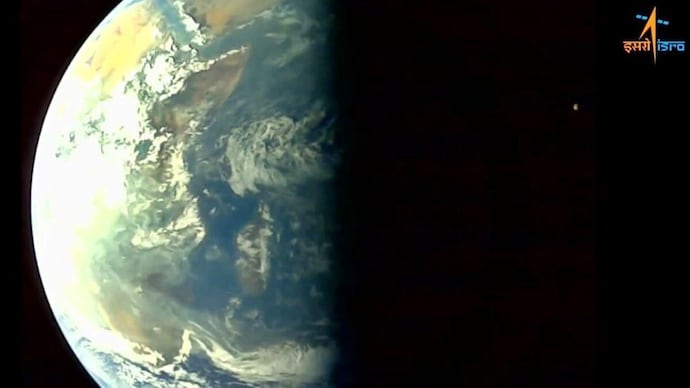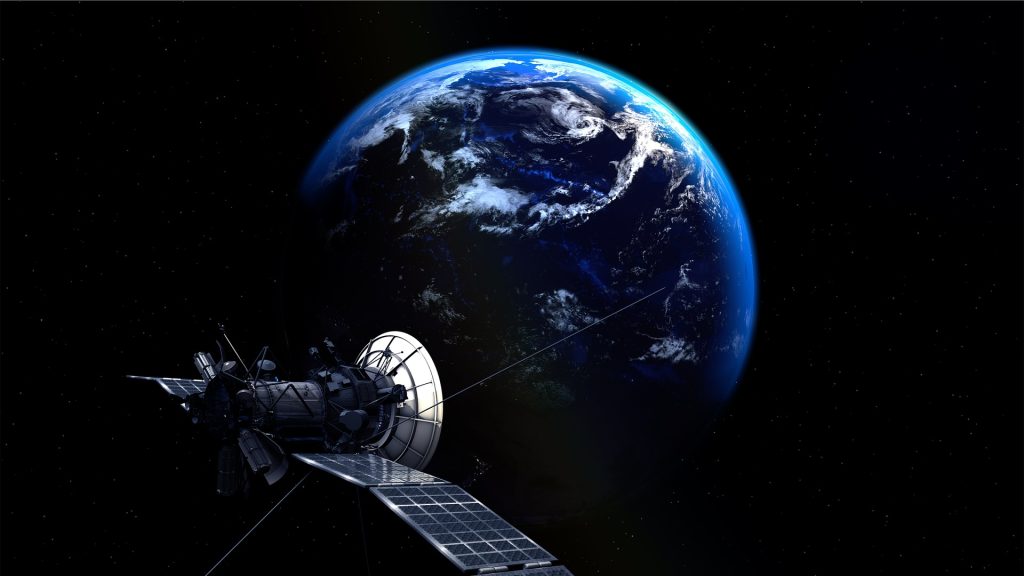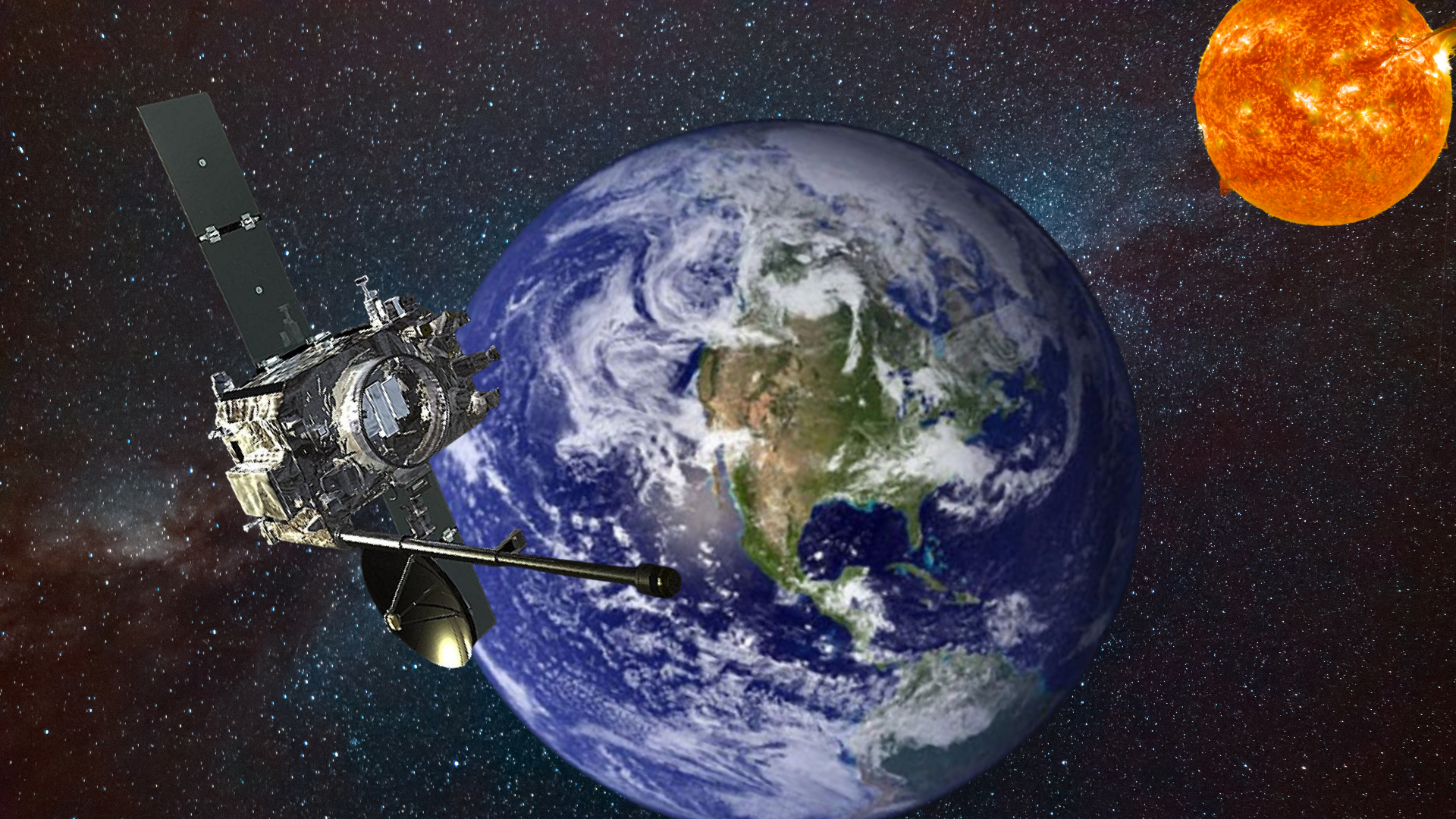India’s Aditya-L1 spacecraft has taken breathtaking pictures of Earth and the Moon while orbiting the planet on its way to Lagrange Point 1. Additionally, it has shared a self-portrait.
The spacecraft, which is on a mission to study the Sun, is currently en route to the Sun-Earth L1 point, a unique location in space where the Sun’s and Earth’s gravitational forces are in equilibrium.
On September 2nd, India’s inaugural solar observatory mission, Aditya-L1, was launched from the Sriharikota launch pad in Andhra Pradesh. The spacecraft has successfully executed two maneuvers within Earth’s vicinity and is now preparing to embark on its journey to a new residence approximately 1.5 million kilometers away from our planet.

Aditya-L1’s Earth-bound Mission: Studying the Sun and Solar Environment
The spacecraft carries seven payloads designed to observe various aspects of the Sun, including its photosphere, chromosphere, and corona. It will also measure the variation in magnetic field strength at the halo orbit around L1.
Also Read: ‘जवान’ देखने के बाद दर्शकों का सामने आया पहला रिव्यू, बॉक्स ऑफिस रिकॉर्ड टूटना तय
The Aditya-L1 mission aims to deepen our understanding of solar eruptive events and their impact on space weather. The spacecraft will be placed in a halo orbit around the Lagrange Point 1 (L1). That is approximately 1.5 million km from Earth in the sun’s direction.
This strategic position will allow the spacecraft to continuously observe the sun without interruption from eclipses or occultation, providing real-time data on solar activities.

VELC: Aditya L1’s Key Payload for Solar Imaging
The Visible Emission Line Coronagraph (VELC), the primary payload of Aditya L1, is expected to send 1,440 images per day. It is to the ground station for analysis upon reaching the intended orbit.
These images will provide valuable insights into the properties of the Sun and contribute to our understanding of solar astrophysics.
The recent photographs of Earth and the Moon taken by Aditya-L1 have generated enthusiasm among both scientists and space enthusiasts. While the spacecraft progresses towards the L1 point, it is anticipated to furnish additional captivating visuals. And valuable information, signifying a significant milestone in India’s history of space exploration.

